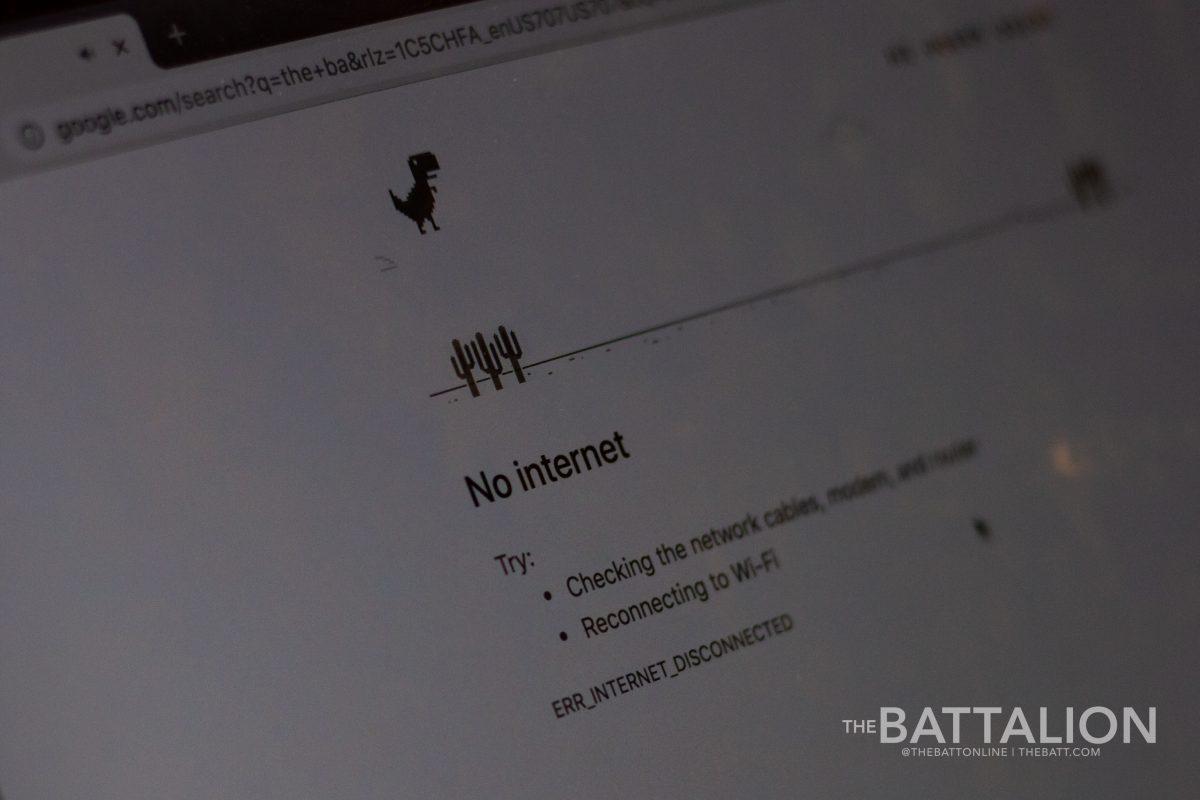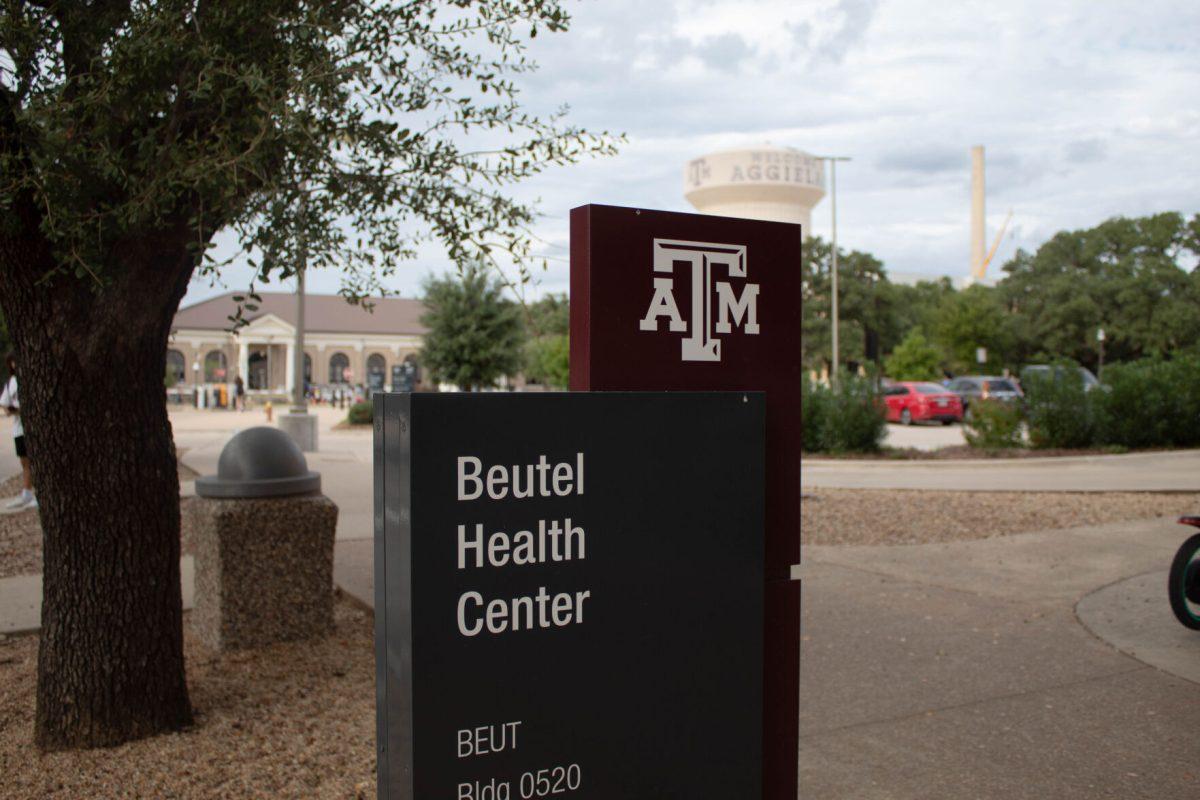A new, two-year project promises to bring widespread improvements to the Wi-Fi in Aggieland.
The Texas A&M Student Senate met Wednesday, Nov. 17, passing various changes to election procedures. Every bill and resolution passed without debate, or was sent back to committee for further review before the Dec. 1 meeting. The most important topic discussed was not in any of the resolutions, as it pertained to campus Wi-Fi. The Next Generation Aggie Network, a $60 million update to the A&M Wi-Fi and wired network, is slated to be done in the next two years.
During the Special Presentation session of the meeting, Dan Schmiedt, who serves as associate vice president of Enterprise Networks for A&M, gave a presentation about the project that his department is undertaking. Schmiedt, who started at A&M in March 2021 after working for 24 years at Clemson University, talked about many ways the wireless network could be improved. He specifically pointed toward the lack of wireless access points — network devices that allow phones, tablets and other devices to connect to the university network.
“On campus, we have about 8,236 [wireless] access points … This sounds like a lot of access points, but Clemson is an organization about a quarter of the size of [A&M], and we had 7,500 [access points] there,” Schmiedt said.
Another point of interest that Schmiedt mentioned was the overwhelming variety of network switches in the current university network. He said that currently, over 70 models of network switches are used, with many of them out of date. This makes maintenance incredibly difficult as IT staff have to be trained on many different pieces of equipment.
“Many [of the switches] are no longer supported by the manufacturers — that’s about 56 [models] that are no longer supported,” Schmiedt said. “Electronics don’t last forever. Every time there’s a power outage, a number of switches don’t come out of it.”
This next generation network will focus on being a wireless-first network that is highly expandable. Schmiedt described the current network as “organic” and being added onto as needed. This new network will be highly structured so additions can be made more easily and will be integrated into the network seamlessly, helping to improve overall Wi-Fi on campus.
Computer science sophomore Jessica Williams, chair of the Legislative Relations Committee, asked if there would be any network outages while work on this network progresses. Schmiedt said his team will be doing everything during the dead of the night to avoid affecting any students. The work on the new network will hopefully begin in the early months of 2022.
Another concern brought up was the capability of the new network for periods of high usage, like during football games or course registration. Chemical engineering junior Kieran Tillis, a senator from the engineering caucus, asked what the network infrastructure at Kyle Field would look like to handle this load.
“We work hand in hand with athletics to support Kyle Field,” Schmiedt said. “There’s a pretty extensive network in there that does have pretty good capacity today. So, our standard design is also what athletics will be using as well.”
In addition to this presentation, the Senate also considered a resolution about its positions on the MGT of American Consulting report, the recent report that recommended many changes to the university management structure. This resolution was sent back to the Academic Affairs Committee and will be considered at the Dec. 1 meeting. The Senate also considered a resolution to increase the budget for some Student Government elections. This was sent to the Rules and Regulations Committee and will be revisited at the Dec. 1 meeting.
Currently, the project is still in a planning phase, and students are encouraged to submit any feedback regarding locations with poor connection or issues with the current system to u.tamu.edu/nextgennet.










